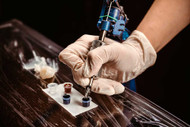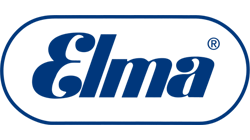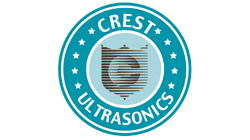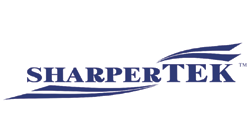Ultrasonic Cleaning Tattoo Parlor Instruments
|
Let Us Help We can help you
find the perfect storage unit for your needs and budget. |

A recent post on Statistics Brain reports 45 million Americans have at least one tattoo and that there are 21,000 tattoo parlors in the US. This source notes that 49 percent of people with tattoos think the reputation of tattoo artist or tattoo studio is the most important factor to consider when getting one.
Rules for operating tattoo and body art parlors depend on location but for the purpose of this post we submit the following excerpt from the City of Philadelphia's regulations governing the operation and conduct of tattoo and body piercing:*
After each tattooing
operation, the tubes and needle bars shall be placed in an ultrasonic-type machine
to remove any foreign material. A high quality detergent material which shall
be changed daily and is suitable for an ultrasonic machine is to be used.
Ultrasonic cleaners must be operated with the lid on to
prevent contamination of adjacent surfaces. When this process is completed, the
tubes and needle bars are to be rinsed in accordance with the manufacturers’ directions
and shall be placed in a self-sealing autoclavable bag which is dated with an
expiration date not to exceed six (6) months, and sealed in
preparation for autoclaving.
How Ultrasonic Cleaning Tattoo Instruments Works
Cleaning is provided by cavitation action, which is the implosion of microscopic-sized vacuum bubbles in an ultrasonic cleaning solution as they contact the surface of tattoo instruments. Bubbles are created by ultrasonic transducers excited to frequencies such as 37,000 cycles per second (37 kHz). As bubbles implode they safely loosen and carry away contaminants far more effectively than scrubbing by hand.
A Representative Ultrasonic Cleaning Process
After pre-cleaning to remove gross contaminants, reusable tattoo equipment can be placed in an ultrasonic cleaner such as the half-gallon capacity 37 kHz Elmasonic EP 20H with a tank size 5.9”w x 5.4”d x 3.9”d. Fill the tank half full of water and add the correct amount of an approved medical instrument cleaning solution. An example is MedClean C7 with a recommended dilution to 1 to 3% . Continue adding water to the tank's fill line then turn the unit on and allow it to operate for approximately 10 minutes to thoroughly mix the solution and drive off cavitation-inhibiting trapped air. This process is called degassing and must be taken every time fresh solution is prepared.
When everything is ready place tattoo instruments the ultrasonic cleaner’s mesh basket, taking care that they do not come in contact with each other. Lower the basket in the solution, cover the tank with the lid and set the timer as recommended by the cleaning solution manufacturer.
At the end of the cleaning cycle remove and visually inspect the instruments. If satisfied rinse and dry them prior to sterilization.
Ultrasonic Cleaner Maintenance
After each cleaning cycle use, following the City of Philadelphia recommendations the cleaning solution must be replaced. Dispose of it according to local regulations and take the time to thoroughly clean the tank following the manufacturer’s recommendation. Prepare and degas the new solution and you’re ready for further cleaning action.
Rely on the ultrasonic cleaning experts at iUltrasonic for correct advice on selecting and using an ultrasonic cleaner for tattoo and body-piercing equipment.
*City of Philadelphia Department of Public Health Regulations Governing Operation and Conduct of Tattoo and Body Piercing Establishments






